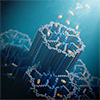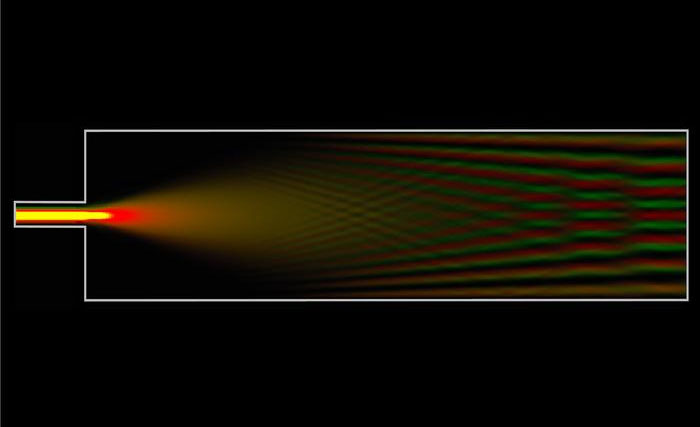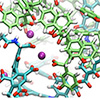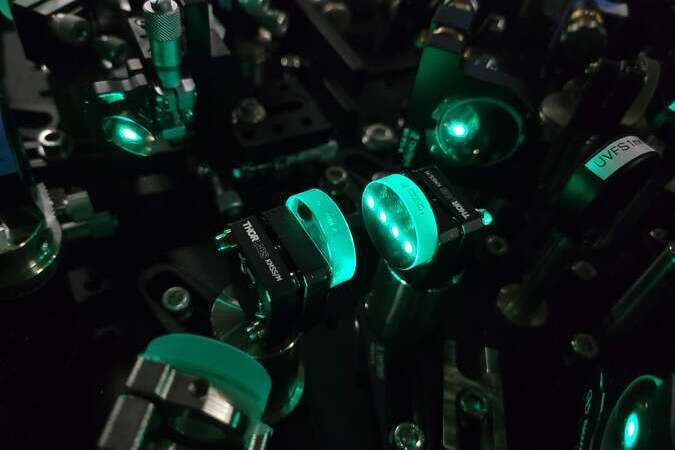Oct 23, 2024 (Nanowerk News) Capturing and storing the carbon dioxide humans produce is key to lowering atmospheric greenhouse gases and slowing global warming, but today's carbon capture technologies work well only for concentrated sources of carbon, such as power plant exhaust. The same methods cannot efficiently capture carbon dioxide...
Ultra-small spectrometer yields the power of a 1,000 times bigger device
Oct 23, 2024 (Nanowerk News) Spectrometers are technology for reading light that date back to the era of famed 17th-century physicist Isaac Newton. They work by breaking down light waves into their different colors — or spectra — to provide information about the makeup of the objects being measured. UC...
Physicists discover first ‘black hole triple’
Oct 23, 2024 (Nanowerk News) Many black holes detected to date appear to be part of a pair. These binary systems comprise a black hole and a secondary object — such as a star, a much denser neutron star, or another black hole — that spiral around each other, drawn...
The dynamic dance of nanoplastics and natural organic matter
Oct 23, 2024 (Nanowerk News) Nanoplastics, emerging as persistent environmental pollutants, pose significant threats due to their durability and wide distribution in water bodies. Their interactions with natural organic matter are critical, influencing pollutant retention, microbial processes, and the carbon cycle. However, the structural complexity of both aged nanoplastics and...
Taking the ‘vibrational fingerprints’ of molecules got 100 times faster
Oct 23, 2024 (Nanowerk News) Researchers Takuma Nakamura, Kazuki Hashimoto, and Takuro Ideguchi of the Institute for Photon Science and Technology at the University of Tokyo have increased by a 100-fold the measurement rate of Raman spectroscopy, a common technique for measuring the “vibrational fingerprint” of molecules in order to...
New technique can ‘hear’ defects in promising nanomaterial
Oct 23, 2024 (Nanowerk News) An international research team led by NYU Tandon School of Engineering and KAIST (Korea Advanced Institute of Science and Technology) has pioneered a new technique to identify and characterize atomic-scale defects in hexagonal boron nitride (hBN), a two-dimensional (2D) material often dubbed "white graphene" for...






